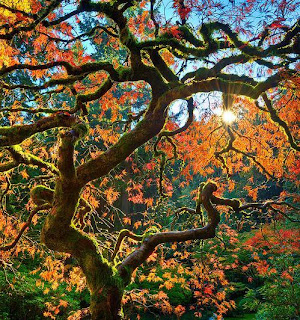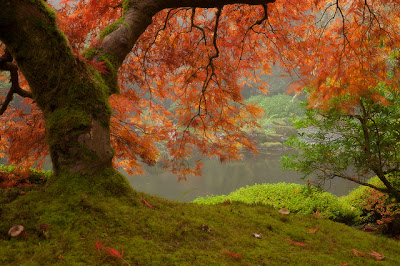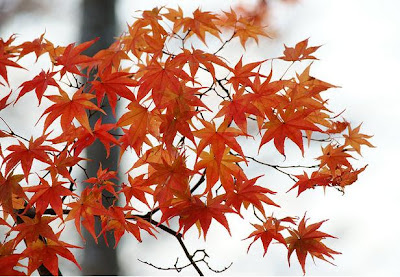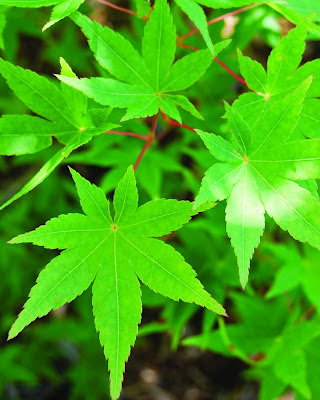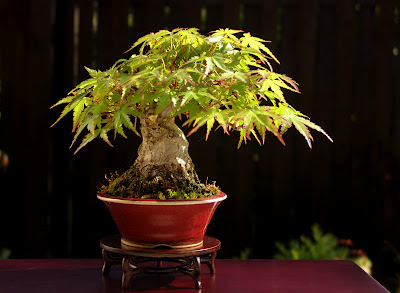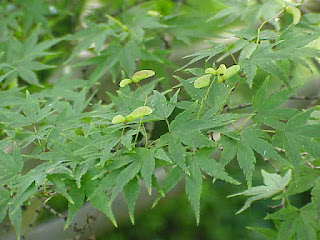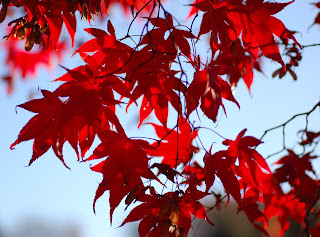Scientific Name: Lobster Claw
Height: 6-8 m
Span: 2-4 inches
Growth Rate: Fast
Sun Tolerance: Full Sun, Shade
Heliconia Rostrata is the one of the most recognized species of the plants. It is popularly known as lobster claw and false bird of paradise. Heliconia Rostrata is the national flower of Bolivia together with Kantuta flower. The plant produces flowers in summer, which are similar to the claws of the lobsters and hangs in downwards position. The leaves of the Heliconia Rostrata are evergreen and dark-green in color. They flourish in full or partial sun and prosper well in fertile and moist soil. Heliconia are close relatives of gingers, bananas, birds-of-paradise and traveler's palms. There are approximately 350 species making up the single genus, with the bulk of them originating from Central and South America. Oddly enough, a small group of about 6 species have evolved separately in the South Pacific, and these are typically characterized by having green inflorescences.
Full Grown Heliconia Rostrata Tree
Close View of Heliconia Rostrata
Heliconia Rostrata
Close View of Heliconia Rostrata's bud
Bunch of Heliconia Rostrata
Video on Heliconia Rostrata :
For more information:
University of Florida-Heliconia Rostrata Lobster ClawPalmvirienden-Heliconia Rostrata facts
Growing Heliconias from Seed
Growing heliconias from
seed is a truly enjoyable
experience. Seeds provide an inexpensive means of producing more plants
without
having to sacrifice clumps or dig rhizomes, and also increases the
chance of
producing a new cultivar or maybe a hybrid! Plants grown from seed
usually take
longer to flower than those planted from rhizomes or clump divisions,
but for
those who are always on the lookout for something new, it's worth a try.
Few heliconia hybrids have been found in nature, and there aren't any
man-made
hybrids as in the world of orchids, roses and other commercially grown
flower
plants. Some countries, like Australia, ban the import of live plants
and
rhizomes, and collectors rely on seeds to plant heliconias and other
plant
species. Import of clean seeds usually doesn't require a phytosanitary
certificate.
Mostly native to the American tropics, heliconias
are pollinated by hummingbirds. Puerto Rico has nine different
species of hummingbirds, two of them endemic. They are the main
pollinators of our native yellow Heliconia caribaea, and of all the other
heliconias that have been introduced to the island with time. These tiny birds
with iridescent plumage are commonly seen not only around heliconias, but also
on the flowers of ornamental gingers like the Red and Pink Torch
(Etlingera elatior). Fig. 1 shows a hummingbird on a flower of Heliconia
bihai Lobster Claw I (photo by Dr. Antonio Iñigo, from Mayaguez, PR). Bees
sometimes stop in heliconia flowers for nectar, like this one seen in a
Heliconia chartacea Columbin.
When pollinated, heliconias produce a fruit, called
a drupe. It's generally bright blue or blue-violet in color. When this fleshy blue
cover is removed, there will be from one to three very hard, black seeds .
These seeds vary in size and shape among the different heliconia species. Some can be as large and round as a pea (H. aemygdiana), while
others can be long and thin as a grain of rice (H. rostrata).



















